Art as Capital
Global Aesthetic Research
Series Editor: Joseph J. Tanke, Professor, Department of Philosophy, University of Hawaii
The Global Aesthetic Research series publishes cutting-edge research in the field of aesthetics. It contains books that explore the principles at work in our encounters with art and nature, that interrogate the foundations of artistic, literary and cultural criticism, and that articulate the theory of the discipline's central concepts.
Titles in the Series
Early Modern Aesthetics , J. Colin McQuillan
Foucault on the Arts and Letters: Perspectives for the 21st Century , Catherine M. Soussloff
Architectural and Urban Reflections after Deleuze and Guattari , edited by Constantin V. Boundas and Vana Tentokali
Living Off Landscape: or the Unthought-of in Reason , Francois Jullien, translated by Pedro Rodriguez
Between Nature and Culture: The Aesthetics of Modified Environments , Emily Brady, Isis Brook and Jonathan Prior
Reviewing the Past: The Presence of Ruins , Zoltn Somhegyi
Franois Jullien's Unexceptional Thought: A Critical Introduction , Arne De Boever
Figural Space: Semiotics and the Aesthetic Imaginary , William D. Melaney
Eroticizing Aesthetics: In the Real with Bataille and Lacan , Tim Themi
Baumgartens Aesthetics: Historical and Philosophical Perspectives , edited by J. Colin McQuillan
Fernando Pessoa and Philosophy: Countless Lives Inhabit Us , edited by Bartholomew Ryan, Giovanbattista Tusa, and Antonio Cardiello
Art as Capital: The Intersection of Science, Technology, and the Arts , Polona Tratnik
Art as Capital
The Intersection of Science,
Technology, and the Arts
Polona Tratnik
Afterword by Lev Kreft
ROWMAN & LITTLEFIELD
Lanham Boulder New York London
Published by Rowman & Littlefield
An imprint of The Rowman & Littlefield Publishing Group, Inc.
4501 Forbes Boulevard, Suite 200, Lanham, Maryland 20706
www.rowman.com
86-90 Paul Street, London EC2A 4NE
Copyright 2021 by The Rowman & Littlefield Publishing Group, Inc.
All rights reserved . No part of this book may be reproduced in any form or by any electronic or mechanical means, including information storage and retrieval systems, without written permission from the publisher, except by a reviewer who may quote passages in a review.
British Library Cataloguing in Publication Information Available
Library of Congress Cataloging-in-Publication Data
Names: Tratnik, Polona, author. | Kreft, Lev, writer of afterword.
Title: Art as capital : the intersection of science, technology and the arts / Polona Tratnik ; afterword by Lev Kreft.
Other titles: Transumetnost.
Description: Lanham : Rowman & Littlefield, [2021] | Series: Global aesthetic research | Includes bibliographical references and index.
Identifiers: LCCN 2021023976 (print) | LCCN 2021023977 (ebook) | ISBN 9781538154229 (hardcover) | ISBN 9781538154236 (epub)
Subjects: LCSH: Science and the artsHistory21st century. | Technology and the artsHistory21st century. | Art and telecommunication. | Arts and societyHistory21st century.
Classification: LCC NX180.S3 T73 2021 (print) | LCC NX180.S3 (ebook) | DDC 700.1/05dc23
LC record available at https://lccn.loc.gov/2021023976
LC ebook record available at https://lccn.loc.gov/2021023977
 The paper used in this publication meets the minimum requirements of American National Standard for Information SciencesPermanence of Paper for Printed Library Materials, ANSI/NISO Z39.48-1992.
The paper used in this publication meets the minimum requirements of American National Standard for Information SciencesPermanence of Paper for Printed Library Materials, ANSI/NISO Z39.48-1992.
Contents
I am grateful to Lev Kreft for writing the afterword, Petra Berlot Kuner for translating three chapters (Swimming Against the Current, Art as Investment, and Creativity in the Service of Capital) and the afterword from Slovene, Karry Close for copy editing, and Arnela Abdi for technical help. This book has been made possible with the financial support of the National Agency for Research of the Republic of Slovenia, for which I am thankful. I wish to express my gratitude to Curtis Carter for believing in my work and in this book. I am thankful to Joseph Tanke for supporting me. I want to thank Rok Svetli and the anonymous reviewers for reviewing my book, Frankie Mace and Scarlet Furness for collaborating, as well as Matej Mertik for the discussions. I also thank Darko Darovec and Miko uvakovi for their support and Zoltn Somhegyi for his suggestions.
This book is about art in contemporaneity. I would, however, not know this field so well had I not regularly attended art venues and got to know so many fascinating artists who truly inspired my writing. I am indebted to them, as this project would never have been realized without their exceptional artistic achievements. I am pleased to be able to portray the work of many of them in my book. I am thrilled to share the excitement about these art projects with the readers. I am grateful to Adam Zaretsky, Dragan ivadinov, Paul Vanouse, Marko Peljhan, Maja Smrekar, Hege Tapio, Dunja Zupani, Miha Turi and Delak Institute, Jurij Krpan, Sandra Sajovic and Kapelica Gallery, Janez Jana and Aksioma Institute, and Sao Sedlaek not only for the permissions to publish the reproductions but also for the invaluable discussions about art I have enjoyed with them in these twenty-odd years and which have undoubtedly influenced my understanding of art. I as well thank Vladan Joler and SHARE Lab, Eva and Franco Mattes, Jani Novak and Laibach, Anita Jri and Flusser Archive, Janez Jana, Damien Hirst and Science Ltd., Siegfried Zielinski and Damjan varc.
Throughout my work on this book, my family showed me inestimable support and infinite patience. I therefore, in grateful thanks, devote this result to them, my dearest.
The foundations for this book were set with the book I published in 2010 in the Slovenian language ( Transart: Culture and Art in Contemporary Global Conditions , Ljubljana: Pedagogical Institute). I urged an examination of the specific features of the contemporary globalized world, such as digital communication technologies, consumerism, and the specifics of techno-science, which I noticed were reflected in many regards in art. With the break between modernity and postmodernity, the social conditions have changed to such an extent as to shape the appearances and interests of art. In art, not only have digital communication technologies become alternatively used but also techno-scientific methods have been introduced, and artists have stepped into environments that were traditionally not meant for art. Networking, hybridization, and interactivity have increased in all spheres of culture. In art, a shift took place from passive reception to significantly more active rolesthe end users have become much more involved. Instead of being just spectators, the recipients have often become players. In addition, works of art changed as regards their structure. Instead of being just static, formally and semantically closed artifacts, art projects have become complex interdisciplinary research platforms, bringing together specialists from different fields and resulting in performances with experiments in process and hands-on workshops. Art has become interested in nonartistic topics and has entered various social discourses to addresses current ethical, cultural, anthropological, and philosophical issues. I called the emerging form of hybrid art with an increased level of social responsibility at the verge of techno-science and philosophy or humanities and social sciences, transart, wherein I believed the prefix trans expresses a transient, transdisciplinary, and overall hybrid character of art.

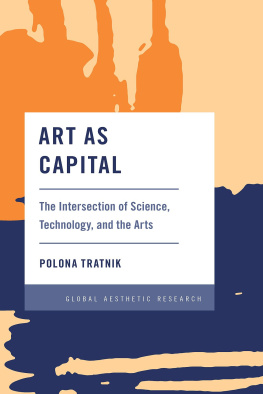

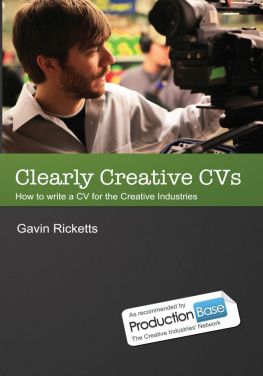
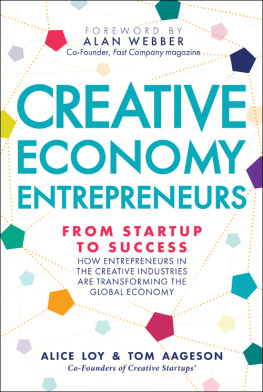
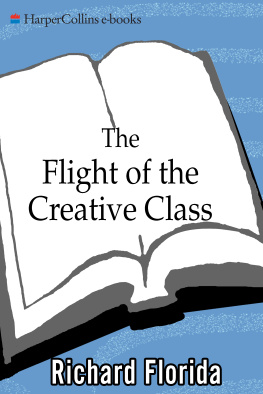
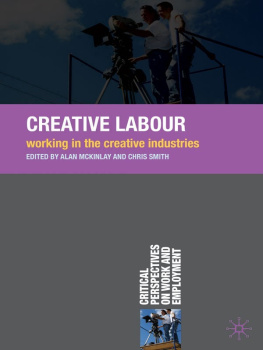

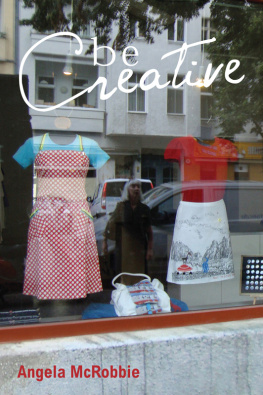

 The paper used in this publication meets the minimum requirements of American National Standard for Information SciencesPermanence of Paper for Printed Library Materials, ANSI/NISO Z39.48-1992.
The paper used in this publication meets the minimum requirements of American National Standard for Information SciencesPermanence of Paper for Printed Library Materials, ANSI/NISO Z39.48-1992.